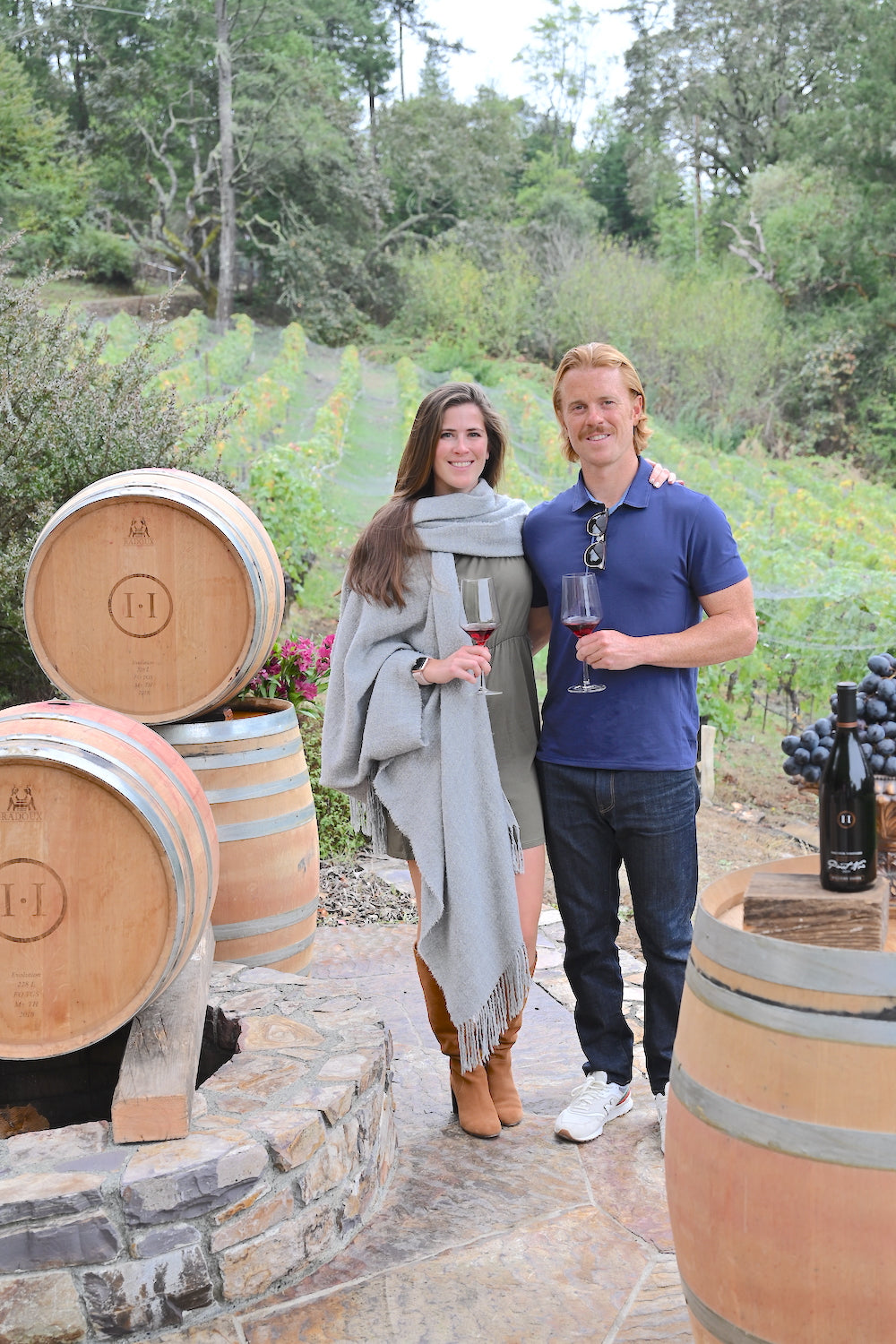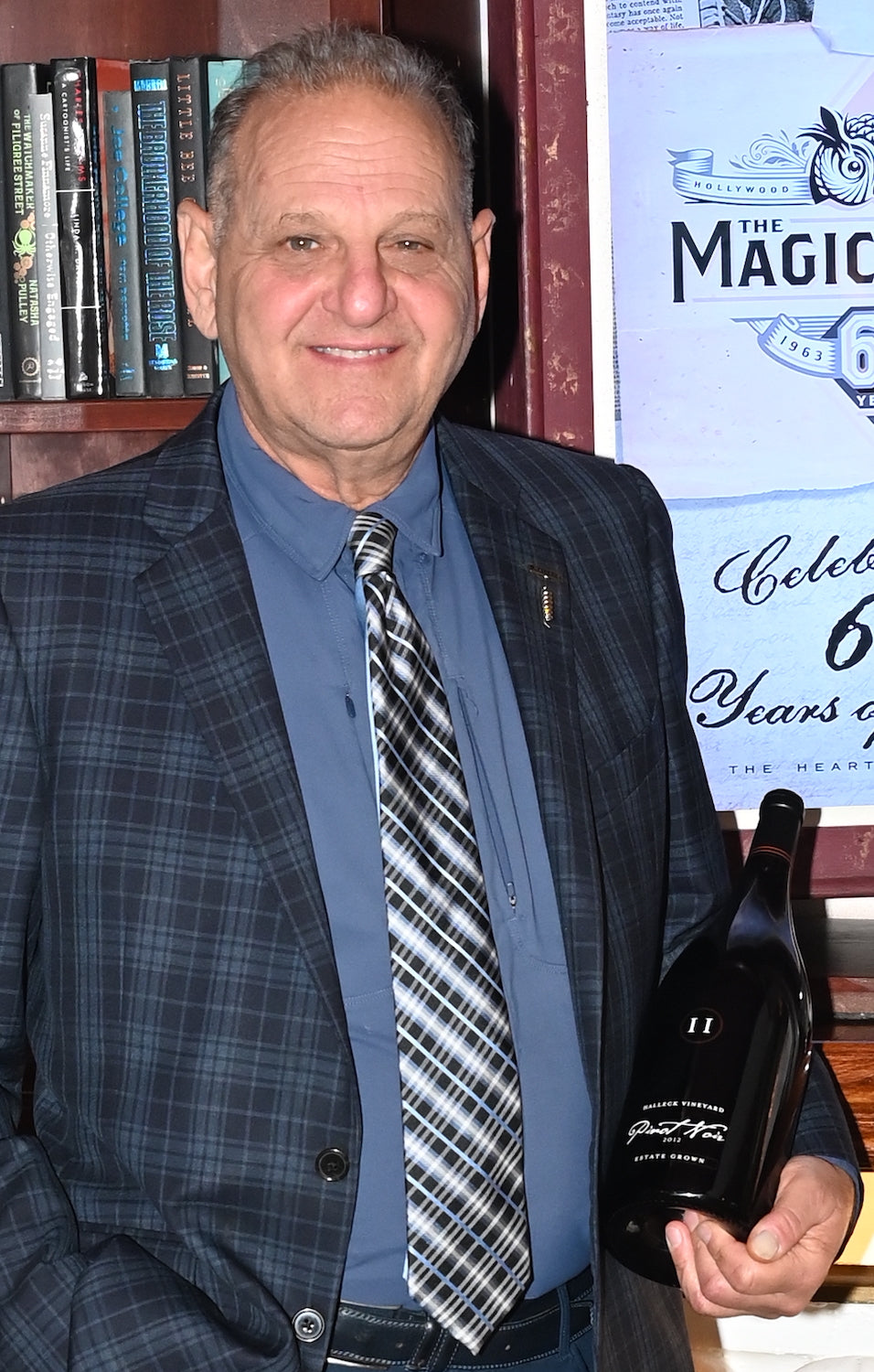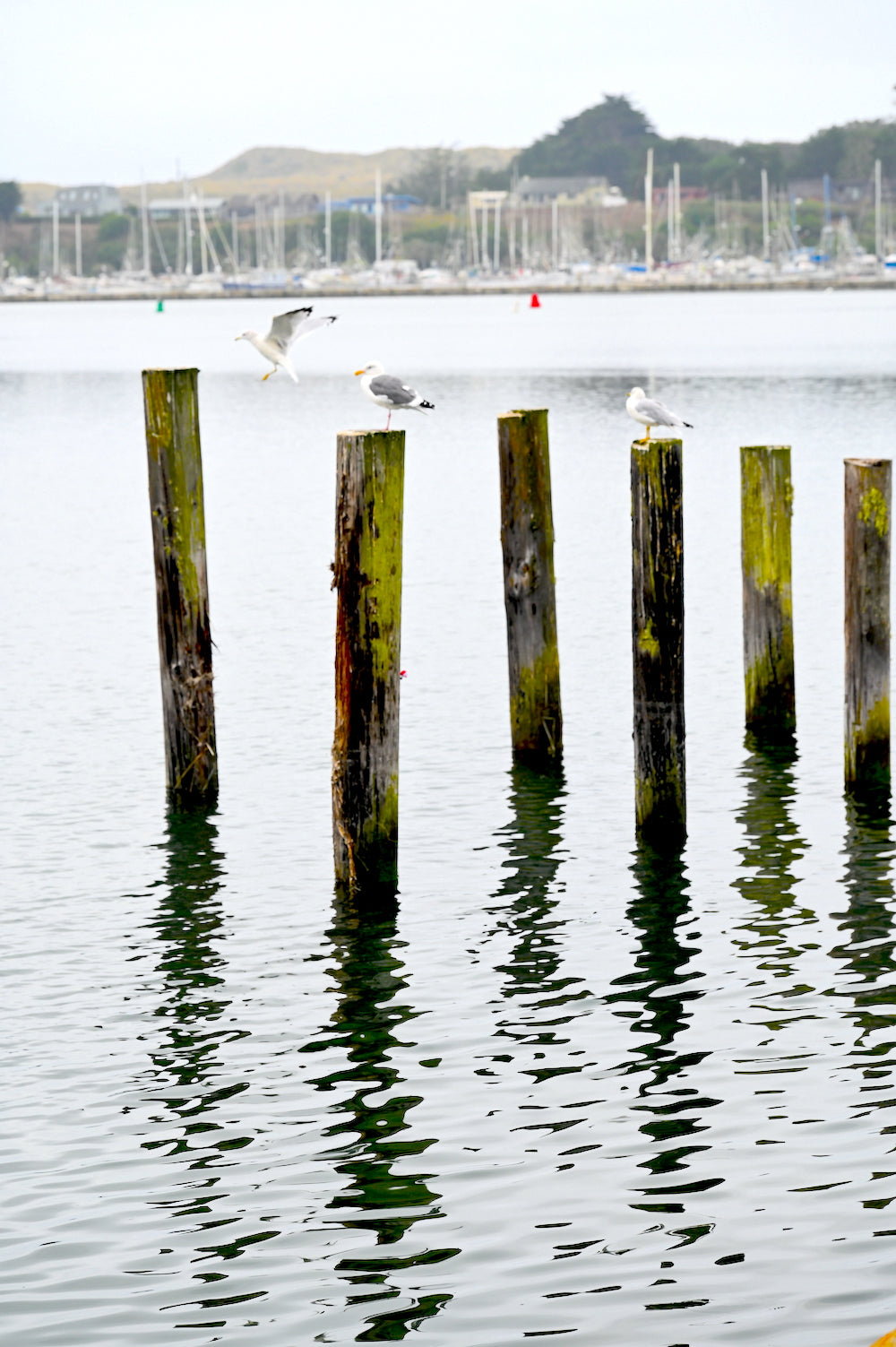Wineries Focusing On Single Vineyard Wines - Tasting Experiences In Sebastopol Vineyards
Wineries Focusing On Single Vineyard Wines - Tasting Experiences In Sebastopol Vineyards
Blog Article
Wineries With Artisan Chocolate Pairings In Sonoma - Greatest Wine Tasting Locations In Sonoma
Wine tasting is an art that mixes sensory experience with an appreciation for the nuances of various varietals. How to gauge flavors in winery wine tasting sessions is pivotal to grasping the complexities of wine.
Participating in a wine tasting involves greater than simply sipping and savoring. It requires a targeted approach to identify aromas and flavors that every wine presents. As you start, observe the wine's appearance, noting its colour and clarity. These visible cues usually recommend a wine’s age, grape variety, and even potential flavor profiles.
The subsequent step within the tasting process is to swirl the wine in your glass. This motion releases aromatic compounds that are very important for analysis. Lean in and take a moment to inhale deeply; the aromas can range from floral and fruity to spicy and earthy. The nose of the wine is just as important because the palate, and recognizing scents performs a significant role in understanding the overall experience.
When taking your first sip, permit the wine to move across your palate - Off The Beaten Path Wineries In Sonoma. Discover the preliminary flavors that present themselves. Is the wine fruity, floral, or maybe herbaceous? This preliminary taste provides perception into what the wine is likely to specific as you proceed to evaluate it. The mouthfeel also contributes to the overall flavor experience; it can be silky, tannic, and even effervescent.
Spectacular Vineyard Views In Sonoma - Sonoma's Hidden Winery Gems
As you proceed tasting, take note of the wine’s stability. A well-balanced wine will harmonize acidity, sweetness, and tannins. If one component overwhelms the others, it would point out a much less fascinating quality. Evaluating steadiness may help you identify how well the wine may pair with food.
Transitioning to the finish, think about how the flavors evolve because the wine lingers in your palate. A long, nice end can point out a high-quality wine, whereas a short or abrupt end would possibly counsel in any other case. Reflect on whether the flavors remain consistent or if new notes emerge because the wine settles. This development can reveal complexities and intricacies that might not have been obvious within the preliminary tasting.
Temperature can additionally be an important factor in evaluating wine flavors. Totally Different forms of wine are optimally enjoyed at particular temperatures. White wines often shine when chilled, whereas pink wines typically perform greatest at room temperature. When tasting, make positive the wine is on the acceptable temperature to fully appreciate its character.
Top Rated Wine Experiences In Sebastopol - Luxury Wine Tasting In Sonoma County
Pairing food with wine can greatly improve the tasting experience. Foods can influence the perception of flavors in wine, either highlighting sure characteristics or diminishing them. When evaluating flavors, consider how the wine interacts with totally different foods, noticing which flavors are amplified or muted (Wineries Known For Their Beautiful Gardens).

Consider the influence of terroir as you have interaction in a winery tasting. Terroir encompasses the unique environmental elements that affect grape growing, together with soil composition, climate, and geography. Understanding a wine's terroir can provide perception into its flavors and aromas, fostering a deeper appreciation for the choices made during its cultivation and manufacturing.
Education performs a basic role in enhancing one's ability to evaluate wine flavors. Studying about grape varieties, wine regions, and manufacturing methods can pave the greatest way for more knowledgeable judgments during tastings. you can look here Additionally, attending workshops or classes can refine sensory skills and expand your flavor vocabulary, enabling you to articulate tasting notes more effectively.

Lastly, it is important to remember that evaluating wine flavors is a highly personal experience. Individual preferences and perceptions will invariably form one’s tasting journey. Enjoyment ought to be at the forefront, with the evaluation course of appearing as a device to boost understanding and appreciation rather than create inflexible tips.
Vintage Wine Tasting Experiences In Sebastopol - Scenic Wineries Of Sebastopol
In conclusion, mastering tips on how to consider flavors in winery wine tasting sessions involves a mixture of sensory engagement, data, and practice. By learning to determine aromas, assess the balance, and respect the intricacies of flavor, wine enthusiasts can deepen their connection to each bottle they encounter. As with any art kind, the extra one immerses themselves within the experience, the more they may uncover and benefit from the huge world of wine.
- Begin by observing the wine's color and clarity, as these visible elements can trace at its flavor profile and getting older potential.
- Swirl the wine gently in your glass; this releases aromatic compounds, permitting you to better determine the complex scents related to the wine.
- Take a deep inhale before tasting, focusing on each main and secondary aromas to assemble insights on fruits, spices, and different nuances.
- When tasting, enable the wine to coat your palate; note the initial flavors, the mid-palate complexity, and the end as these stages can present different flavor highlights.
- Pay attention to texture and mouthfeel, as elements corresponding to tannin ranges, acidity, and sweetness contribute considerably to the general tasting experience.
- Evaluate flavors towards standard wine characteristics; for purple wines, consider berry notes, oak affect, and natural tones, whereas whites could embrace citrus, stone fruits, and floral hints.
- Take notes through the tasting session to trace your impressions, serving to you to recollect and consider the different wines sampled.
- Talk About your findings with fellow tasters or winery employees, as sharing insights can improve understanding and appreciation of particular person flavors.
- Enable time for the wine to breathe; sometimes, flavors evolve and reveal new dimensions after being exposed to air.
- Experiment with food pairings during the tasting as they'll dramatically alter how flavors are perceived, influencing overall enjoyment.undefinedWhat ought to I search for when evaluating the aroma of wine throughout a tasting?
Start by swirling the wine in your glass to release its aromas. Convey the glass to your nostril and take a deep breath. Pay consideration to the primary scents you detect, as these are sometimes essentially the most outstanding. Look for fruit, floral, herbal, or earthy notes and attempt to identify particular traits, which is in a position to deepen your understanding of the wine's complexity.
Wineries Providing Guided Vineyard Walks - The Charm Of Sonoma Wineries

How can I distinguish between totally different flavor profiles in wine?
Understand that flavor profiles are often categorized as fruit, floral, herbaceous, spicy, or mineral. Take small sips and allow the wine to coat your palate. Notice the first flavors that emerge first and the refined notes that follow. This layering is crucial in distinguishing the wine's characteristics and can help you respect its unique profile.
Celebrated Winemakers To Discover In Sonoma - Best Wineries For Wine Tasting Sonoma Area
What is the importance of the wine's texture in a tasting?

The texture of the wine, also referred to as mouthfeel, plays a crucial function in how we understand flavors. Pay attention as to whether the wine feels clean, creamy, or gritty. The body of the wine (light, medium, or full) can improve or contrast with flavors, providing a more rounded experience throughout tasting.
How do I assess the stability of flavors in wine?
Balance in wine refers to the harmony between acidity, sweetness, tannin, and alcohol. Take a second to evaluate whether or not these elements complement or intrude with each other. A well-balanced wine may have none of its components overpowering the others, creating a nice tasting experience.
Wineries Near Highway 12 - Sebastopol Vineyard Experiences
What role does temperature play in evaluating wine flavors?
Temperature can significantly impression the notion of flavors. Usually, purple wines are best served barely below room temperature, while white wines take pleasure in being chilled. As the temperature modifications, the aromas and flavors home can shift, allowing you to understand totally different characteristics. It’s important to style wine at its optimal temperature for true evaluation.
Family-Oriented Wine Tasting Venues In Sebastopol - Sonoma Vineyards For A Perfect Day Out
How can I enhance my tasting skills over time?
Practice is key to enhancing your tasting skills. Wineries With Artisan Chocolate Pairings In Sonoma. Attend tastings, keep a journal of your experiences, and explore different types of wines to broaden your palate. Moreover, studying about wine manufacturing and grape varieties can present context that enhances your analysis process, making you a more informed taster.
Is there a specific order in which I should taste the wines?
Eco-Friendly Wineries In Sonoma County - Discovering Sebastopol's Wineries
Yes, it’s advisable to taste wines from light to full-bodied and dry to candy. This progression prevents the stronger flavors from overshadowing the more delicate ones, allowing you to totally respect each wine's traits and nuances with out palate fatigue.
How can I consider the aftertaste of wine?
Wineries Known For Handcrafted Wines - Wineries To Visit
The aftertaste, or end, is a vital aspect of the wine-tasting experience. After swallowing, take note of how long the flavors linger on your palate and whether or not they change. A long, nice end is commonly an indicator of a high-quality wine, whereas a short or unpleasant finish could recommend in any other case.
Why is it essential to notice the wine’s acidity throughout tasting?
Acidity contributes to the overall freshness and construction of the wine. Pay attention to the tingling sensation in your tongue; greater acidity can enhance the wine's liveliness and steadiness out sweetness. Noting acidity helps decide the wine's versatility with food and its getting older potential.
What should I do if I battle to establish specific flavors in wine?
Wineries Promoting Sustainable Farming - Enjoying Wine In Sebastopol
Struggling to determine flavors is frequent, especially for beginners. Focus on broader categories and describe what you'll have the ability to acknowledge, corresponding to sweet or earthy notes. With practice, reading about totally different flavor profiles, and maybe using flavor wheels, you will refine your senses and develop a more nuanced method to tasting. Report this page